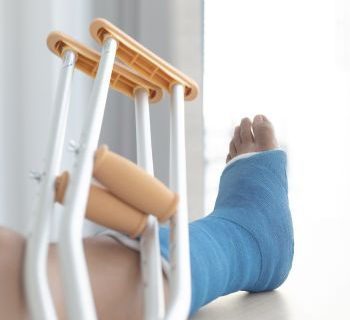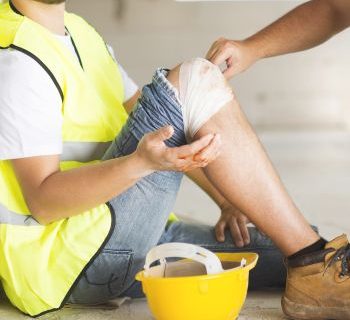The journey to recovery can be complex and varied for those dealing with injuries from their employment. Recognizing the range of available health solutions is crucial for individuals affected by these incidents. Common types of injuries in the workplace include slips, falls, and repetitive strain injury, which contribute significantly to overall workplace incidents. According to data from the Occupational safety and health Administration, nearly 3 million nonfatal injuries were reported annually. Workers’ compensation with Your Injury Practice provides essential support, offering medical care and financial assistance during the healing process. Employers have a critical role in creating a safe workplace by implementing effective health and safety policies that reduce the risk of workplace injuries and ensure comprehensive workers’ compensation solutions.
How Workers Comp Supports Recovery
Recovery after a workplace incident can be challenging, but many resources are available to ease the burden on injured individuals. Financial assistance is crucial, as it helps cover medical expenses and alleviates anxiety during healing. This system also enables partial wage replacement, allowing individuals to focus on getting better without the stress of lost income. Rehabilitation services, including physical therapy, play a significant role in enabling recovery from conditions like carpal tunnel syndrome and helping workers regain strength and mobility. For instance, a case study highlighted a worker suffering from tendinopathy who successfully returned to their role thanks to a tailored rehabilitation program. Customized recovery plans ensure that each injured employee can effectively achieve their goals, ultimately facilitating a smoother transition back into the workforce, while also addressing the unique challenges posed by various conditions such as anxiety, workplace accidents, hearing loss, carpal tunnel syndrome, strains, occupational diseases, and cardiovascular issues, and ensuring that their compensation claims are handled fairly by their employer’s compensation insurance.
Common Types Of Occupational Injuries
Injuries sustained in the workplace can greatly impact both employees and employers. Recognizing the various types of incidents helps implement effective health solutions tailored to specific environments. Common workplace injuries include falls, musculoskeletal disorders, and injuries on the job related to equipment. Each industry has its unique set of risks; for instance, in construction, falls from heights represent a major concern, while healthcare workers frequently encounter needle stick injuries. Manufacturing environments expose workers to machinery-related hazards, and office settings often struggle with ergonomic issues. By categorizing injuries by industry, businesses can develop targeted prevention strategies that are crucial for reducing occurrence rates and ensuring worker safety. Addressing these risks not only protects employees but also aids in minimizing comp claims for employers, ultimately fostering a safer workplace environment where injuries on the job are reduced, medical treatment is effectively administered, and health solutions are prioritized.
Workplace Injuries
- Falls are among the leading causes of workplace injuries, particularly in the construction industry.
- Musculoskeletal disorders account for a significant percentage of work-related injuries, often linked to ergonomic issues in office settings.
- Healthcare workers face a high risk of needle stick injuries, highlighting the need for tailored safety measures.
- Implementing targeted prevention strategies can significantly reduce workplace injuries and associated compensation claims.
Navigating The Workers Comp Claims Process
Successfully managing a claim can significantly impact an employee’s recovery after sustaining a work-related injury or illness. It is crucial for those affected to promptly report any incidents to their employers, as delays can jeopardize their chances of receiving necessary disability benefits. The right documentation, including medical records, witness statements, and detailed incident reports, is essential in navigating this complex process. When employees must file a claim, understanding the required forms and adhering to submission deadlines is vital. Many individuals may inadvertently overlook important steps, such as maintaining communication with their treating physician, which can affect both their recovery outcomes and the benefits that follow.



